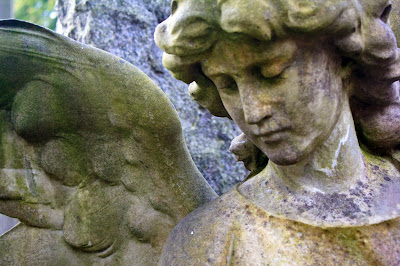Cyanotype is a photographic printing process that gives a cyan-blue print. It is quiet a simple and low-cost method which includes the production of large scale copies of work into blueprints. I was eager to participate in Fotofilia's workshop and hands on learning, which began with selecting three of my favourite images, converting them to black and white to review if the results could possibly produce an interesting cyanotype print.
The image below is one of my three original colour photographs selected to experiment with.
Opening my image in Adobe Photoshop Elements, I unlocked the layer to invert the image, to produce a large negative which is then laser printed onto an acetate sheet.
Cyanotypes can be printed on any surface capable of soaking up the iron solution. Although watercolour paper was the medium I used, cotton, wool and gelatin sizing onnonporous surfaces can also be used. Two chemicals are used in the process, ammonium (III) citrate and potassium ferricyanide. Applying the mixed chemicals, sparingly, with a brush, sponge or cloth in a dark environment, commences the process to enable the inverted image to be transeffered into a print.
The acetate sheet was then placed on top of the watercolour paper, with the applied chemicals, covered with a sheet of glass and exposed to ultraviolet light, in the form of a simple face tanning appliance. Moving the tanning appliance slowly over the image, to avoid streaky tube lines onto the image, I watched for change on the paper and guesstimated when the print was ready.
After exposure, developing of the picture involves the yellow unreacted iron solution being rinsed off with running water. The water-soluble iron(III) salts are washed away, while the non-water-soluble Prussian blue remains in the paper. This is what gives the picture its typical blue colour.
Cyanotype's is a slow, cheap and thoroughly enjoyable method, that took me back to the days of patiently waiting, with anticipation and excitement, to see the results of my minds eye picture, camera view finder and the final image captured and developed.
Working with my images two and three: selecting appropriate images to experiment with, inverting and printing on watercolour paper.









No comments:
Post a Comment